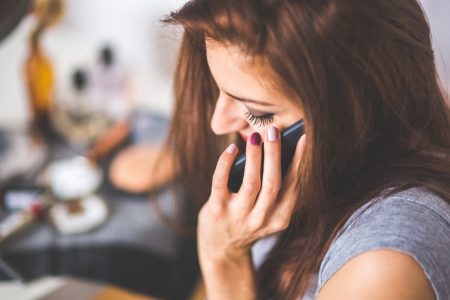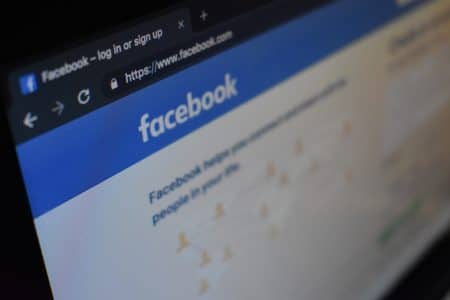New Study: Smartphone Usage Linked to Social Anxiety - Dispatch Weekly
October 21, 2016 - Reading time: 4 minutes

Chinese Researchers have found that people with high social anxiety had fewer incoming phone calls than people who were more sociable.
Health and fitness apps were more likely to be used whilst cameras were not used as regularly.
This can be explained as those who were lonely had smaller social networks and did not regularly use social networks where photo sharing is common.
The Study
127 android smartphone volunteers installed MobilSens, an app that records smartphone usage behavior for more than 20 days.
This data was used by researchers to investigate anxiety and loneliness in participants using The interaction Anxiety Scale and UCLA Loneliness Scale.
Trends on Loneliness and Incoming Calls
Whilst outgoing calls were similar for most participants, the number of incoming calls was less for those who identified as lonely.
Lonely people were more likely to go on health and fitness apps but were less likely to add accessories to phones, compared to those who were more sociable.
There was no significant difference between phone charging, headset usage and the use of social and communication apps.
Investing in Mental Health

There has been investment into social media and mental illness lately, with Instagram launching a suicide prevention tool, which allows users to report a disturbing post.
Social Anxiety: the Numbers
According to the Anxiety and Depression Association of America:
- Anxiety disorders are the most common mental illness in the U.S., affecting 40 million adults in the United States age 18 and older, or 18% of the population (Source: National Institute of Mental Health).
- Anxiety disorders are highly treatable, yet only about one-third of those suffering receive treatment.
- Anxiety disorders cost the U.S. more than $42 billion a year, almost one-third of the country’s $148 billion total mental health bill, according to (Source:”The Economic Burden of Anxiety Disorders,” commissioned by ADAA).
Chronic Loneliness: A Modern Day Phenomena
According to Gallup, fewer young adults are marrying or in committed relationships.
As a result, the percentage of young adults who report being single and not living with someone has risen dramatically in the past decade, from 52% in 2004 to 64% in 2014.
A 2014 UK YouGov survey showed that people aged 18-24 were twice as likely to be anxious about being alone than those aged over 55.
In the US, the Center for Disease Control and Prevention found that 17% of high school students had seriously considered killing themselves.
How many incoming calls do you get on your smartphone and do you think this directly relates to how anxious and lonely you are?

DW Staff
David Lintott is the Editor-in-Chief, leading our team of talented freelance journalists. He specializes in covering culture, sport, and society. Originally from the decaying seaside town of Eastbourne, he attributes his insightful world-weariness to his roots in this unique setting.




